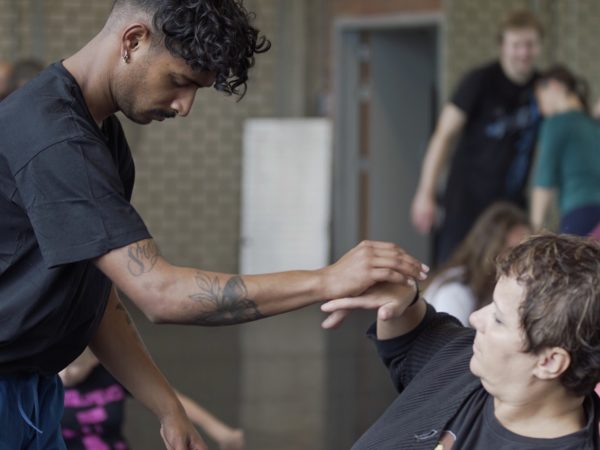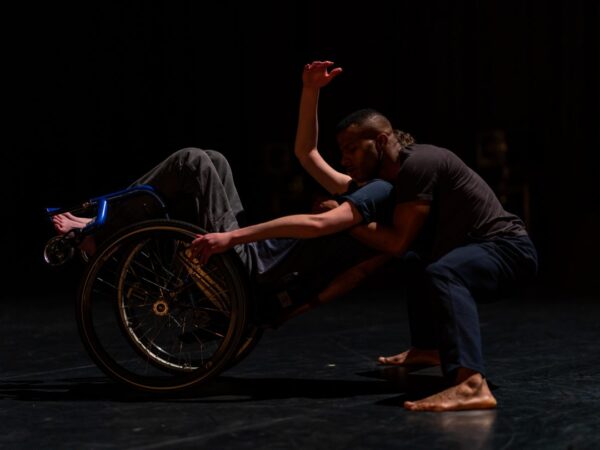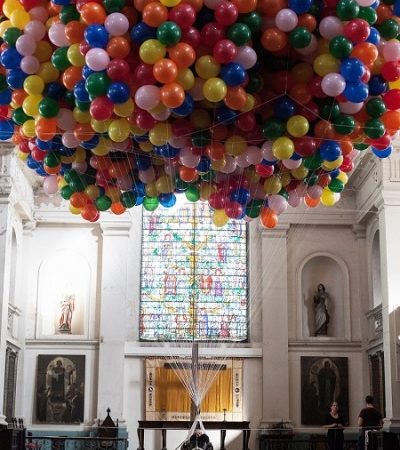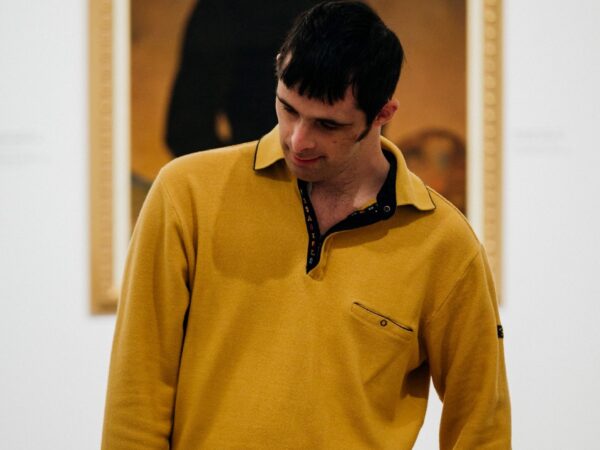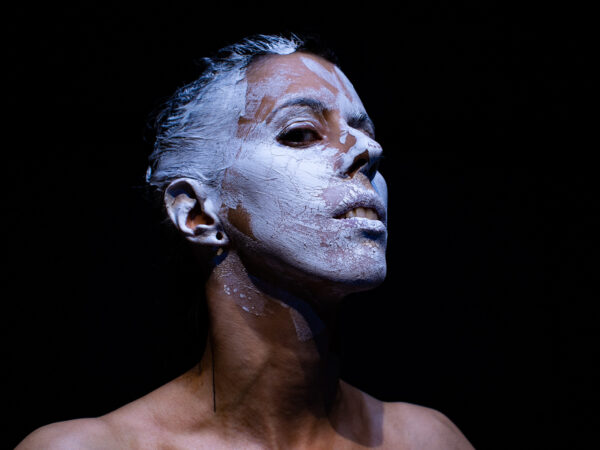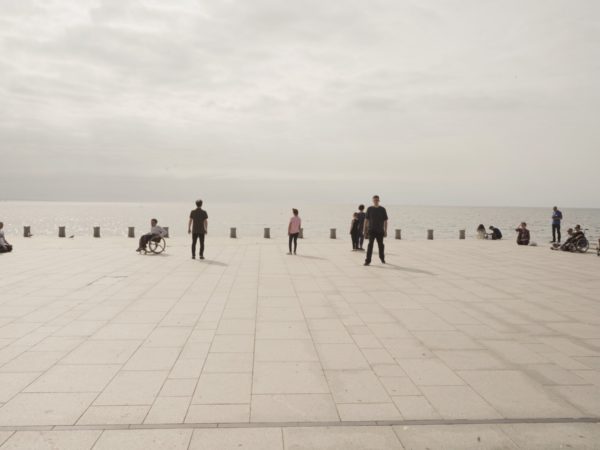Dance
Italian artist Chiara Bersani on COVID-19 and disability
OpinionResource
March 24, 2020
Chiara Bersani is an Italian performing artist and choreographer whose work in theatre and contemporary dance explores the politics of the body and how the images we create interact with society’s narratives. In 2019, she took part in a Europe Beyond Access residency at Festival Oriente Occidente and previously participated in Aerowaves and Moving Beyond Inclusion. Here, she reflects on ableist responses to a public health emergency and how disabled bodies are framed during the Coronavirus pandemic.
Film: The Importance of International Collaboration
FilmResource
Countries across Europe – including the UK – make an international commitment to presenting disabled dancers, performers, directors and choreographers on mainstream stages as part of Europe Beyond Access. This project, coordinated by British Council, demonstrates how transnational collaborations offers powerful benefits for artists, venues and the wider public. Disabled artists and industry leaders involved discuss how multi-country partnerships:
European Disability Arts Festivals
ToolkitResource
This is an extensive (but not comprehensive) directory of European disability arts festivals whose remit is (primarily) to support the presentation of, and discussion about, work made by disabled artists and/or inclusive companies. This list has been compiled using desk research, recommendations from key partners and user-submitted entries. We cannot guarantee that all information will be accurate and up to date.
Katarzyna Żeglicka: There are no borders between dance and disability
OpinionResource
December 17, 2019
Katarzyna Żeglicka is a Polish artist taking part in Europe Beyond Access, a transnational programme supporting disabled artists to internationalise their careers. This is her experience of the programme so far, including workshops that took place at Rozbark Theatre in the small town of Bytom, Poland, that were also part of ‘Dance and Disability: Crossing the Borders’ organised by the Institute of Music and Dance and the British Council.
Per.Art’s 20th Anniversary celebrations
Show
December 10 – December 15, 2019 Gallery of Matica srpska, Novi Sad, Serbia
Diana Niepce
Artist
Diana Niepce is a dancer, choreographer and writer. She graduated from the Escola Superior de Dança, did an Erasmus at Teatterikorkeakoulun (in Helsinki), and a Masters in Art and Communication at the Universidade Nova de Lisboa. She is an associate artist at Espaço do Tempo and the creator of the pieces “Forgotten Fog” (2015), “Raw a nude” (2019), “12 979 Dias” (2019), “Dueto” (2020), “T4” (2020), “Anda, Diana” (SPA Prize, 2021), “O outro lado da dança” (2022), “Enfreakment” (2024), “Utopia” (2024) and “N̶o̶r̶m̶” (2023). Curator of the Political Bodies Cycle of conferences and performances (2024, Culturgest). As a dancer and performer, she has collaborated with national and international artists. She is the curator and trainer of the Introduction to the Performing Arts for Artists with Disabilities (2020), Fora da Norma (2023, Biblioteca de Marvila) and Norma (2023, TNDMII). Her most recent publications are the article “Experimenting with the body” in the newspaper Coreia, the book “Anda, Diana” (ed. Sistema Solar) and the story “Broken and stinky, they are the pebbles.” for the Rota Memorial do Convento
Celebrating 20 years of Per.Art
Case StudyResource
Per.Art, the learning-disability theatre company based in Novi Sad, Serbia is celebrating its 20th anniversary with a programme of performances at Gallery of Matica srpska 13-15 December. Joe Turnbull spoke to Artistic Director, Saša Asentić about the company’s development over the years.
The late 1990s was a very turbulent time in the former Yugoslavia: the country was being torn apart, by war, secessions, NATO bombings and international sanctions. Amidst the tumult, the Novi Sad Humanitarian Centre ran a series of projects bringing arts to multiple social groups in refugee camps, hospitals, orphanages and residential homes. A young Saša Asentić was amongst the facilitators. In 1999, Asentić had a fateful meeting with a group of learning-disabled people and their parents.
Why we need more disabled choreographers
OpinionResource
November 14, 2019
Co-founder of Candoco Dance Company (the first professional company for disabled and non-disabled dancers), Adam Benjamin co-led the third Europe Beyond Access artist laboratory in Maastricht, The Netherlands. Hosted by Holland Dance Festival, the lab provided artists from across Europe the opportunity to collaborate, create duets and group work, and develop their own choreographic voices.
